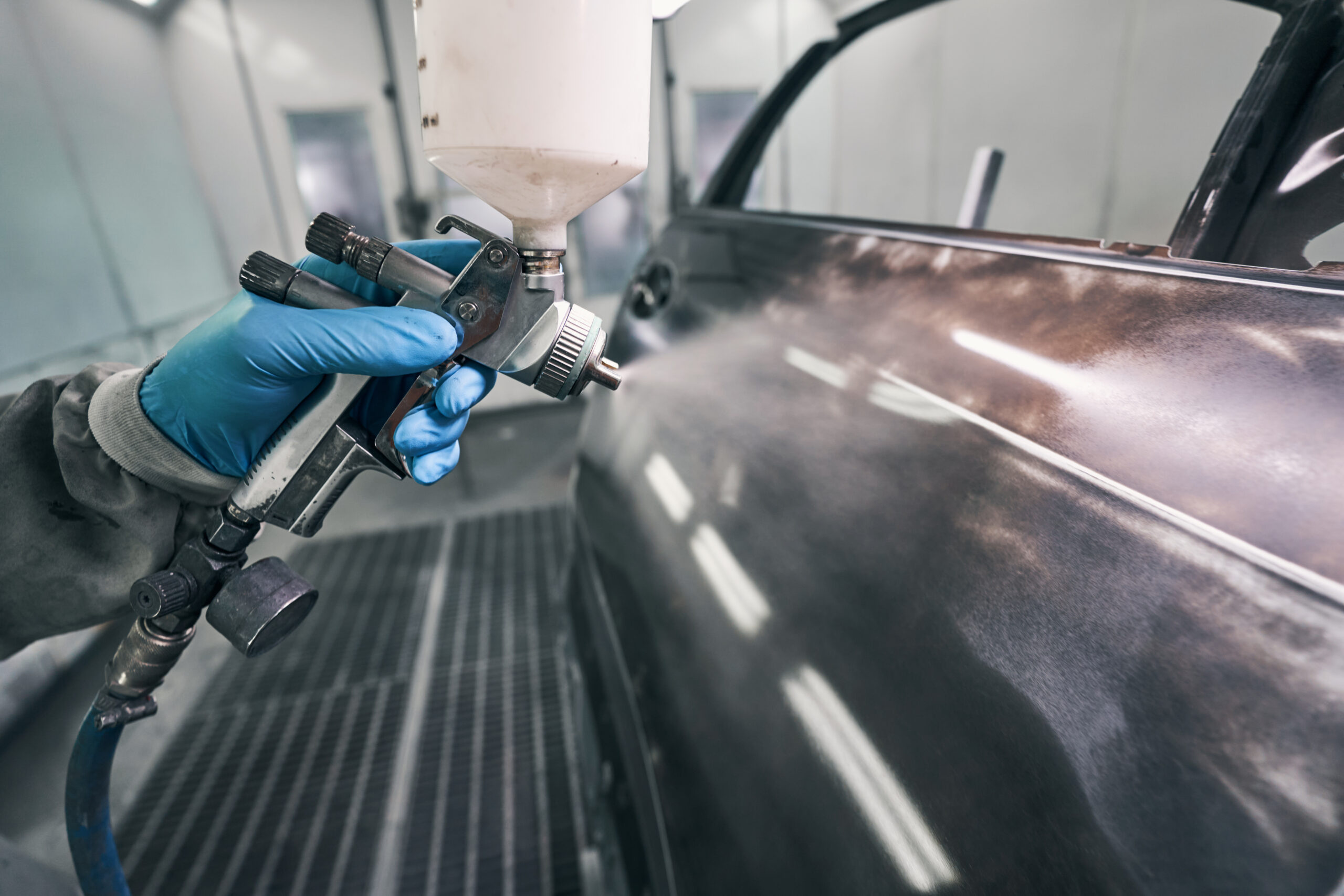A vehicle manufacturer can capture the customer within the warranty period – and with the period depending on the aspect (mechanical, body corrosion, high-voltage battery) it can range from 12 months to 8 years. There is a temptation to make the entire vehicle subject to warranty restrictions based on the longest aspect of the policy, setting aside the usual exclusions due to wear and tear.
After the warranty has expired, the vehicle is available to be supported on the open market with parts from vehicle manufacturers, their suppliers, or – infamously – suppliers who copy the general form but little else. Clearly this fragmentation and lack of preferred connection back to the vehicle manufacturer costs them dearly.
Economics also put pressure on manufacturer supplied parts, in that:
- Model introduction pace is at the highest level for decades.
- Those models with a high voltage Li-Ion battery could see a product revision at least one during the production life.
- To make and store parts for the aftermarket for up to 10 years after end of a specific model production is ‘dead’ money until those parts are sold.
The upshot is manufacturers are, in some cases, cutting back that support to 7 years and now, eve just 5 years. What parts are most vulnerable to this? Mostly the parts required for collision repair.
Big data, Government and ADAS
Against this background we can see Governments around the world think vehicles are a bottomless source of taxation. Easy to smear, easy to single out, easy to punish.
The ‘dream’ is pay per km road charging with full control over who goes where – but the system required to do this, on existing understanding, is 5G and vehicles equipped to autobrake and auto steer. ADAS built to perform to SAE level 2 (full autonomy is SAE level 5) can comply with this, and all newly introduced models in the EU27 for the past 2 years have this feature. When the EU Commission announced the system was switching on this summer, it did not come as a surprise.
Now we go to the core of the argument. Governments was the tax cash, but do not want any liability. Insurers would take care of liability, but consider this is too directly related to the vehicles…. so the vehicle manufacturer takes the liability for system malfunction. Rest assured the debate about who owns the information generated by the system rarely includes the customer (the one who is paying for all of this).
Given the poor behaviour of all involved who refused to accept any risk for the system, we can understand the vehicle manufacturers have to make a commercially based decision about how this situation is managed. Interestingly one of the first manufacturers to do this was Mercedes-Benz.
Why? This was a fresh justification for SAE level 2 ADAS equipped vehicles to remain in the dealer network for far longer than the conventional warranty period.
Contradictory positions
ADAS even at SAE level 3 is driver centric, meaning when all else fails the driver is sitting at the controls with the ability to assume command at any time. They bear ultimate responsibility for their vehicle – a situation understood by Government, insurers and vehicle manufacturers.
If we ever get to SAE level 5 ADAS (full autonomy) there will be no driver, so this situation will change.
In addition, by limiting parts to around 10 years or less after the last production build with some sort of demand that these parts can only come from a vehicle manufacturer enables more rapid change of the vehicle population by purging older vehicles. That purge is underway even though no mandate for ‘vehicle manufacturer parts only’ exists. For SAE Level 5 ADAS it might be the vehicle manufacturer, holding all the liability for the system including third parties – might say use their parts or they’ll walk away from the owner (remember, the customer who pays the bills).
However, as long as there is a driver, liability in part rests with them, so such insistence is not required.
Collision repair parts
Looking beyond the butterfly theory that a single part fitted the wrong way could cause a battery melt-down – I know, it’ll never happen – the whole automotive sector has to be pragmatic.
Parts made by the supplier to a vehicle manufacturer should be identical or near identical. Parts made by other manufacturer suppliers should also have identical or near identical performance. As for glass, much has been done in the ‘shadow’ market to improve quality. There are certainly quality protocols to be enforced to ensure imported glass – mainly the windscreens – meets the required optic quality for CMOS cameras and certain types of head up display (‘HUD’).
Laminated screens can suffer from random varying thickness of glass and interlayer, which can cause ADAS windscreen camera calibration issues. Some types of HUD require a tapered thickness of internal glass (thinner at the top, thicker at the bottom) – the tell-tale if the HUD is of this type is a calibration and adjustment process if it is removed or the windscreen replaced.
The key is third party quality check protocols, at point of import, to ensure those parts are on a par or exceed the manufacturer supplied part. That means organisation such as CLEPA, SMM&T and more need to step up and make this happen. The collision repair market could then be supplied with the best parts at the best prices even bond 10 years after a model finished production.
In a world where ADAS still has a driver, that will work.




